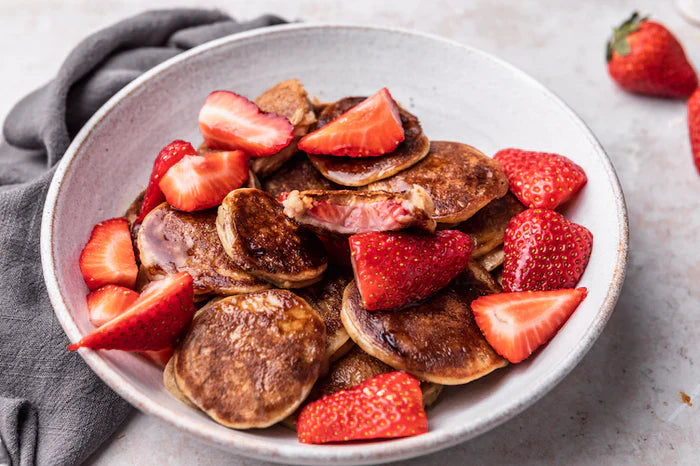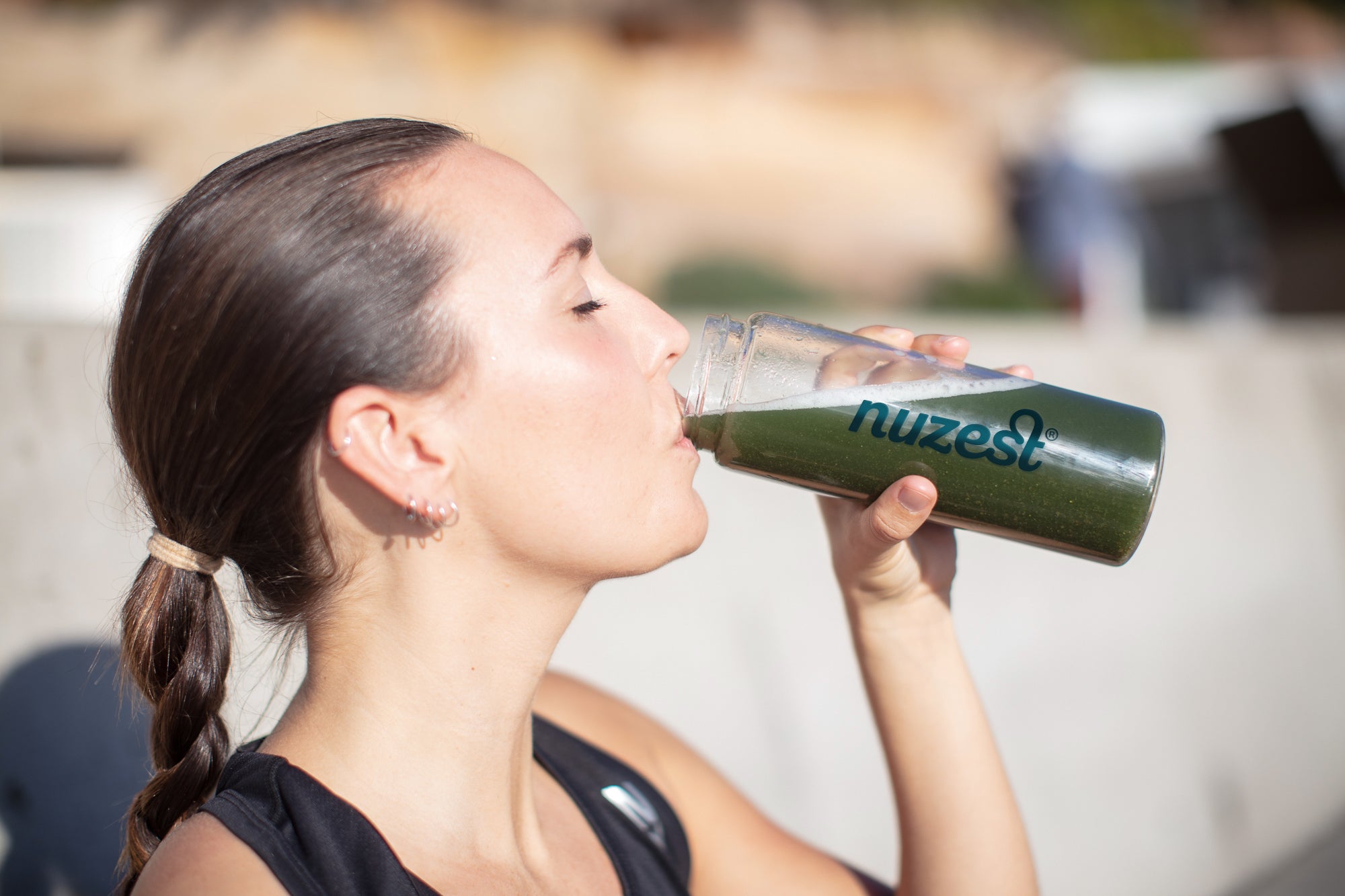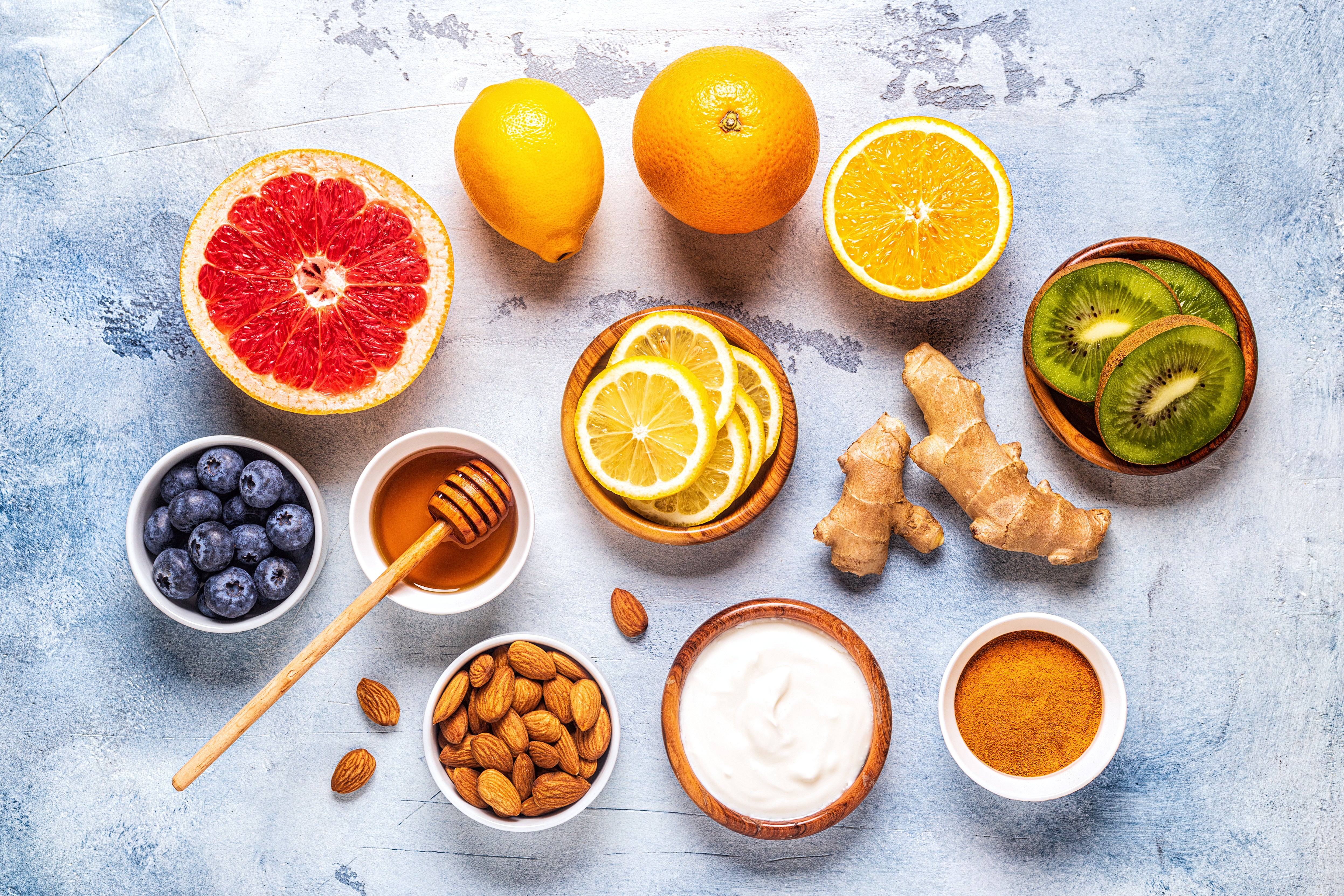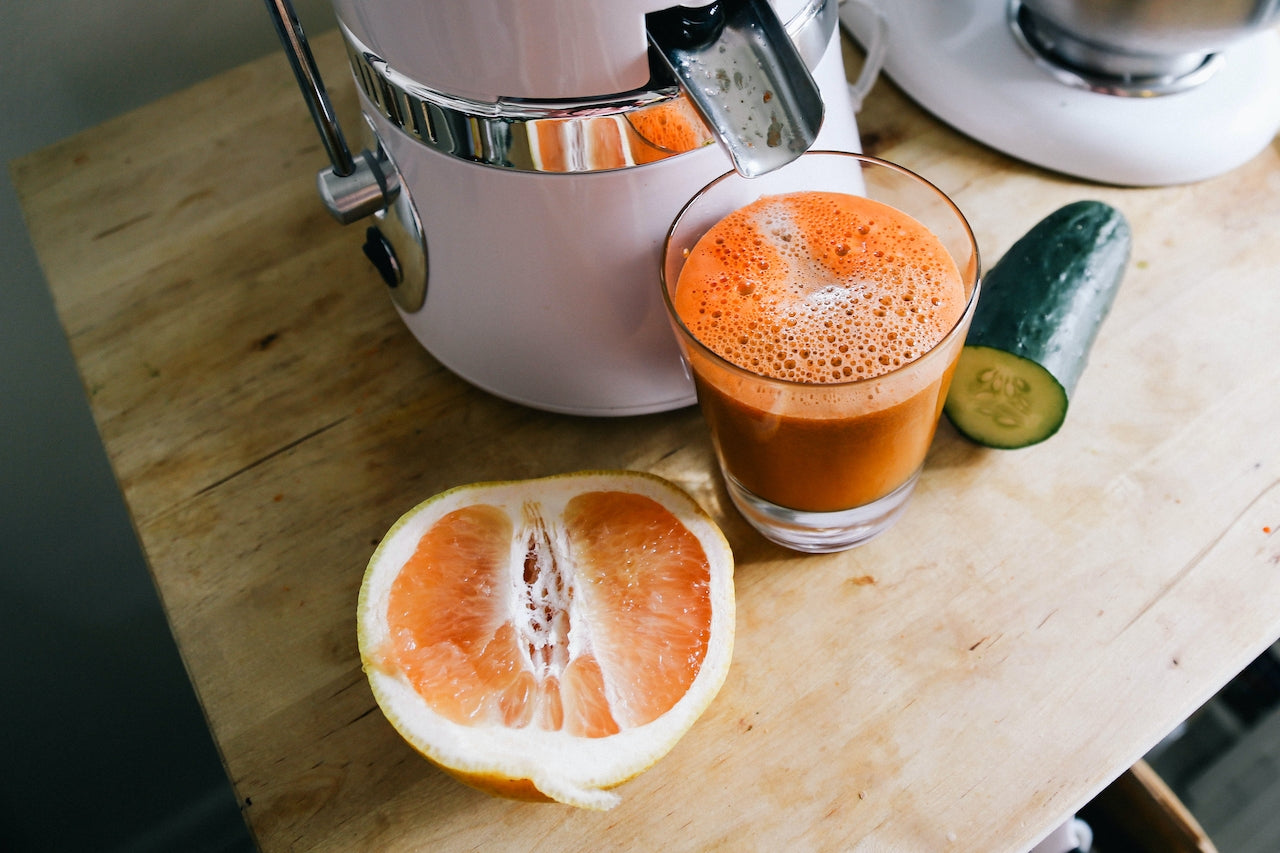If you’re looking to supplement your diet with vegan protein, you may want to do a little research before purchasing a protein powder, to ensure the products you select fit your dietary needs and lifestyle. Pea protein (found in Nuzest’s plant-based protein products) and rice protein are two popular, high-protein plant-based powders on the market. Is pea protein better than rice protein? Is rice protein better than pea protein? Learning more about how they compare can help you determine which protein powder is most suitable for your needs.
Table of Contents
- What is Rice Protein?
- Which Rice has the Most Protein?
- What is Pea Protein?
- Which Pea has the Most Protein?
- How Do Rice and Pea Protein Compare, Nutritionally?
- Is Pea Protein Better than Rice Protein?
- Is Rice Protein a Complete Protein?
- Is Pea Protein a Complete Protein?
- Benefits of Rice Protein
- Benefits of Pea Protein
- How Do Pea Protein and Rice Protein Taste?
- What Do I Choose: Pea or Rice Protein?
What is Rice Protein?
Most of us think of rice as a food rich in carbohydrates. However, rice also contains a considerable amount of vegan, gluten-free protein. Rice protein is typically made by treating brown rice with select enzymes that cause the carbohydrates and protein to separate. The protein can be isolated, resulting in a high quality, plant-based protein powder.
Which Rice has the Most Protein?
According to study data published in the Nutrition Journal, brown rice protein works as an excellent alternative¹ to whey protein for those individuals with dietary restrictions, allergies, sensitivities, or simply those who prefer a vegan or plant-based source of protein. In fact, brown rice contains 37% of the total protein² and essential amino acids.
As a stand alone, brown rice does not provide all of the nine essential amino acids that the body needs. For this reason, manufacturers commonly add quinoa or chia proteins in order to compensate for what brown rice lacks in a full nutrient profile.
Research findings published in the Journal of Agriculture and Food Chemistry³ suggests that brown rice protein in particular, includes unique peptides that reduce weight gain more than those in white rice protein or soy protein.
An interesting fact to consider about brown rice protein is that while it is technically a source of complete protein (contains all amino acids needed by the body), it is lower in the amino acid lysine compared to whey protein. As a result, it is common for manufacturers to combine brown rice protein with pea protein for a superior amino acid profile.
What is Pea Protein?
Pea protein, the protein found in Clean Lean Protein by Nuzest and the entire product line by Nuzest, is harvested from premium European golden peas. Pea protein is made by extracting the soluble pea protein from yellow split peas. It is highly bioavailable and easy to digest, meaning it’s easy for your body to make the most of the protein and nutrients available. You can read more about pea protein in this helpful guide here.
Which Pea has the Most Protein?
Pea protein is a natural source of plant-based protein, is non-allergenic, gluten free, has excellent digestive properties, and aids you in feeling fuller longer, in addition to helping curb cravings. Clean Lean Protein is made with Premium European Golden Peas sourced from a family-owned company that is regarded as world leaders in pea protein isolation. It is arguably the highest quality pea protein isolate in the world with 18-21 grams of protein per serving, depending on flavor.
Worth noting, research published in the Nutrition Journal4 found that subjects who drank pea protein powder before a meal ate significantly fewer calories during the meal than subjects who drank whey protein before eating.
How Do Rice and Pea Protein Compare, Nutritionally?
Both rice and pea protein contain about 15-22 grams of protein per 100-calorie serving (may vary by brand). They are have low fat contents and are typically free from common allergens like gluten and date. They are both easy to digest and suitable for a vegetarians, vegans, athletes, and those who follow gluten-free diets. Even if you don’t have dietary restrictions, vegan and plant-based proteins are a great choice to add to your daily diet.
Is Pea Protein Better than Rice Protein?
Both brown rice and pea proteins are great from a nutrition perspective, respectively containing 15-22 grams of protein per 100-calorie serving. While pea protein contains a full amino acid profile, rice protein does not. However, when paired together they create a full amino acid profile. So essentially, what rice protein lacks in amino acids, pea protein makes up when paired together.
Is Rice Protein a Complete Protein?
Rice protein is high in many essential amino acids, including cysteine and methionine, but is low in lysine. Pea protein, on the other hand, is lysine rich and contains an impressive amount of branched chain amino acids. Clean Lean Protein, a high-quality, premium golden pea protein isolate, is a 100% vegan protein that contains all the nine essential amino acids.
Is Pea Protein a Complete Protein?
Pea protein offers a complete range of amino acids, but is lower in the amino acid methionine, which can be easily integrated into your diet from a variety of other plant-based foods including: rice, soybeans, sunflower seeds, oats, and many nuts. Pea and rice protein are often paired together to create full amino acid, plant-based protein profiles.
Benefits of Rice Protein
Rice protein powder also contains a significant amount of iron, vitamin C, and a small amount of calcium. Pea protein is typically rich in iron, and contains a small amount of calcium. When made from sprouted whole grain brown rice (which many on the market are), rice protein also offers the benefits of sprouted grains, including an increase in bioavailability of vitamins5, fiber, folate, and amino acids. Rice also contains an array of antioxidants6, including phenolic acids, flavonoids, and anthocyanins, among others. Such antioxidants7 can help to promote health by protecting cells from damaging free radicals and reactive oxygen species.
Benefits of Pea Protein
Pea protein is allergen-friendly for those suffering from common food allergens such as dairy, wheat, soy, and egg. Pea protein is also suitable for vegans and those following a plant-based or vegetarian diet.
Even better, pea protein is a highly sustainable protein choice, especially compared to animal proteins, which have a large carbon and water footprint (livestock, such as beef and lamb, have the highest water and carbon footprints of all foods).
How Do Pea Protein and Rice Protein Taste?
Many find rice protein powder to have a distinct taste. Some enjoy the flavor, while others may find it unpleasant. Pea protein, on the other hand, is generally recognized for its neutral taste and easy blendability in many types of liquids (plant-based milks, water, coconut water, etc.)
What Do I Choose: Pea or Rice Protein?
Both rice and pea proteins offer their own unique health and consumption benefits, and are great high-protein, plant-based powders. And both can be incorporated as a healthful source of plant-based protein in your diet. Select the protein that fits your lifestyle, dietary preferences, and taste buds, and you’ll be on your way to happy protein-powdered snacking.
If you are interested in some excellent plant-based products made with pea protein, check out the full product range by Nuzest, including Clean Lean Protein.
Clean Lean Protein by Nuzest is pea protein isolate-based, and contains 18-21 grams of protein per 25 gram serving. Pea protein is also highly bioavailable and satiating8.
Clean Lean Protein is offered in its natural, unflavored state (Just Natural) and in four traditional flavors (Smooth Vanilla, Rich Chocolate, Real Coffee and Wild Strawberry). We also have three Functional Flavors (Chai Turmeric + Maca, Vanilla Matcha, Coffee Coconut + MCTs) providing the additional benefits of centuries old traditional medicine.
References
- https://nutritionj.biomedcentral.com/articles/10.1186/1475-2891-12-86
- https://www.ncbi.nlm.nih.gov/pmc/articles/PMC5302255/
- https://www.ncbi.nlm.nih.gov/pubmed/21913675
- https://nutritionj.biomedcentral.com/articles/10.1186/1475-2891-10-139
- https://www.ncbi.nlm.nih.gov/pubmed/23391013
- https://www.ncbi.nlm.nih.gov/pmc/articles/PMC3959956/#b65
- http://pubs.acs.org/doi/abs/10.1021/jf00086a009
- https://www.ncbi.nlm.nih.gov/pubmed/25882536


















































